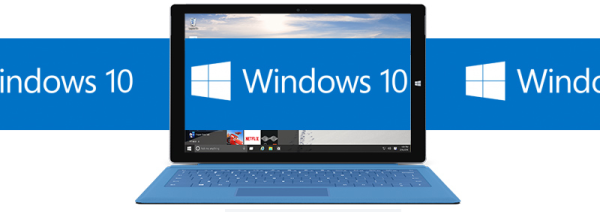According to Microsoft, users are moving to Windows 10 very quickly. Since they are using all possible ways to coax the average user to switch from previous Windows releases to the latest version, it might be working. Microsoft has shared some of their official stats which show that 16% of users were already on Windows 10 in November 2015. This comes with a very important footnote though which mentions that this usage data is obtained from customers who have opted to send Microsoft telemetry data.

The company has been promoting Windows 10 very aggressively. Various KB updates land on users' PCs and show offers to begin the installation of Windows 10. The most recent update offer comes without a prominent Cancel button. Microsoft has also made Windows 10 a recommended upgrade which means like other components which install for Windows like .NET Framework, Silverlight etc, Windows 10 will also be automatically downloaded.
Thanks to these pushy campaigns, the usage share of Windows 10 reached 16% last November. The company is trying hard to reach their goal of 1 billion devices running Windows 10 by 2017 or 2018. It is not known why there are no statistics available after November 2015. Also, there will be millions of Windows users who turned off telemetry completely so these PCs will not be counted in these stats, completely skewing their accuracy.
Besides revealing that Windows 7 is the most popular release still, the stats also highlight other interesting PC hardware specifications. The majority of Windows users have only 4 GB of RAM and up to 500 GB of storage.
What are your observations from these statistics - how many people around you are running Windows 10? Do they like it or not?
Support us
Winaero greatly relies on your support. You can help the site keep bringing you interesting and useful content and software by using these options:

it sounds really interesting! thank you!
don’t mention it.
16% decided to opt-in?
More like 16% forgot or didn’t know how to opt-out.
What exactly are install numbers – what if I install in VM or go back to Win7/8.1 after that? Or if I clean install a new build? It’s completely vague and misleading, no explanation of what exactly was calculated and how. Microsoft should learn to respect their users, instead of treating them like brain dead with their cheap advertising and tricks (like unwanted upgrade pop-ups that can’t be disabled, unauthorized downloads, forced updates which reappear even when hidden, etc). This is not how you make good software (or any product), treating your users like that.
Windows 10 actual market share (January 2016): 11.85%, with Windows 7 at 52% (nearly 5 times more): https://www.netmarketshare.com/operating-system-market-share.aspx?qprid=10&qpcustomd=0
Despite all the tricks and the fact that Windows 10 is a free update, seems like most people still don’t really want it.